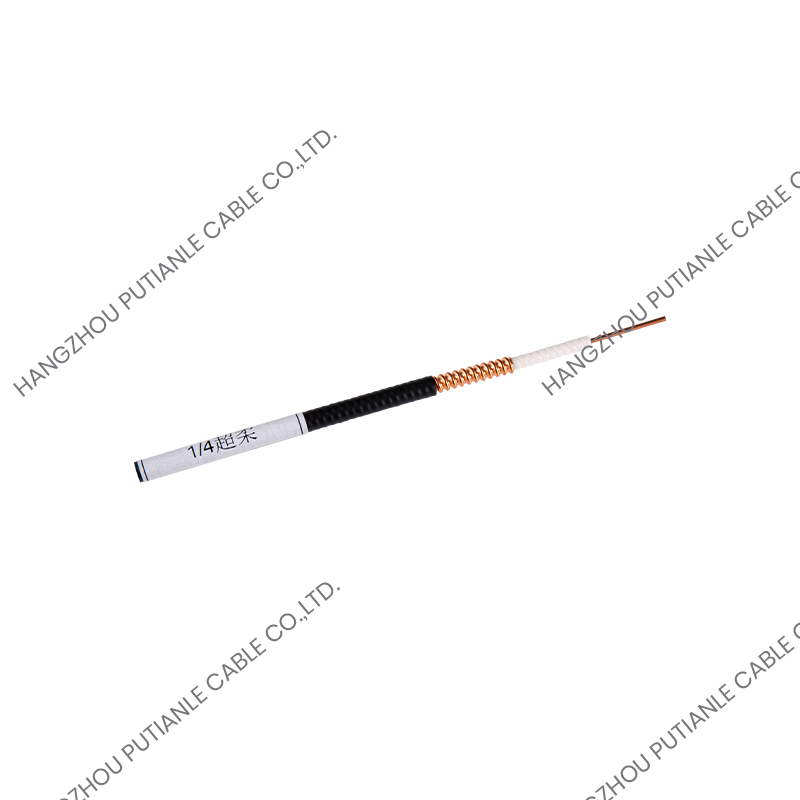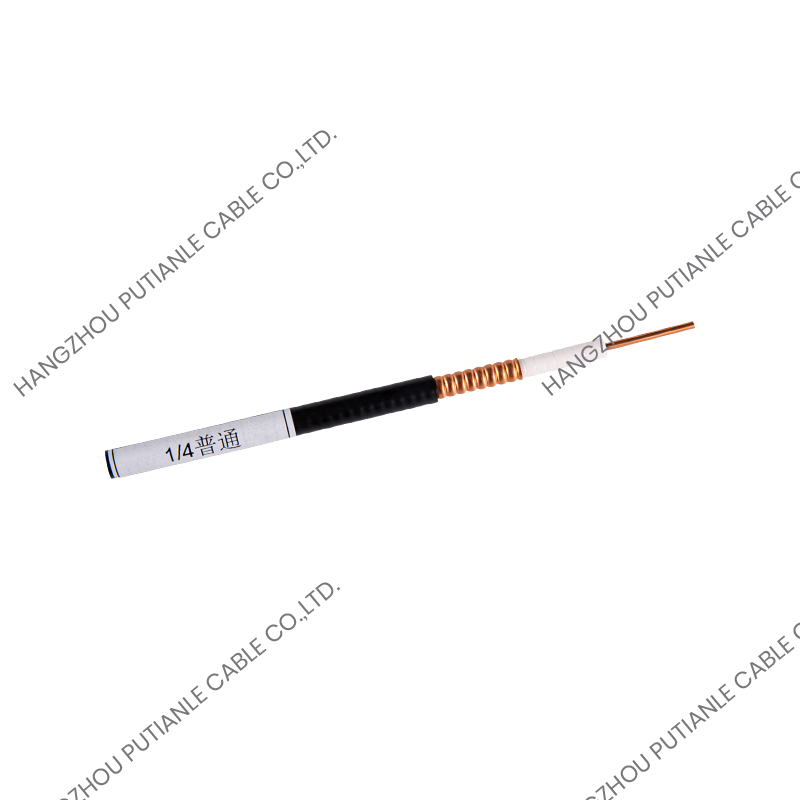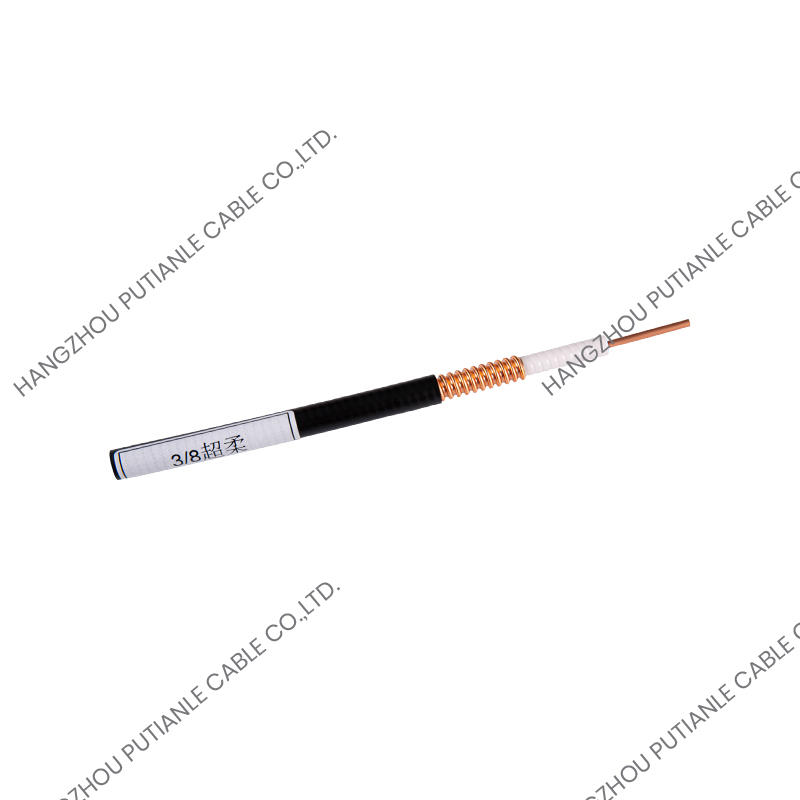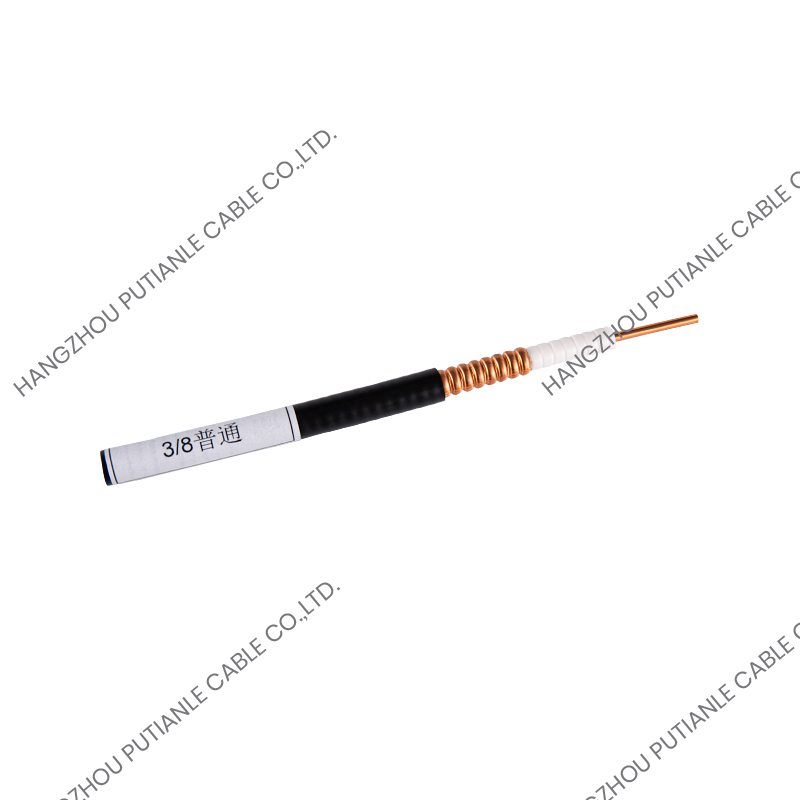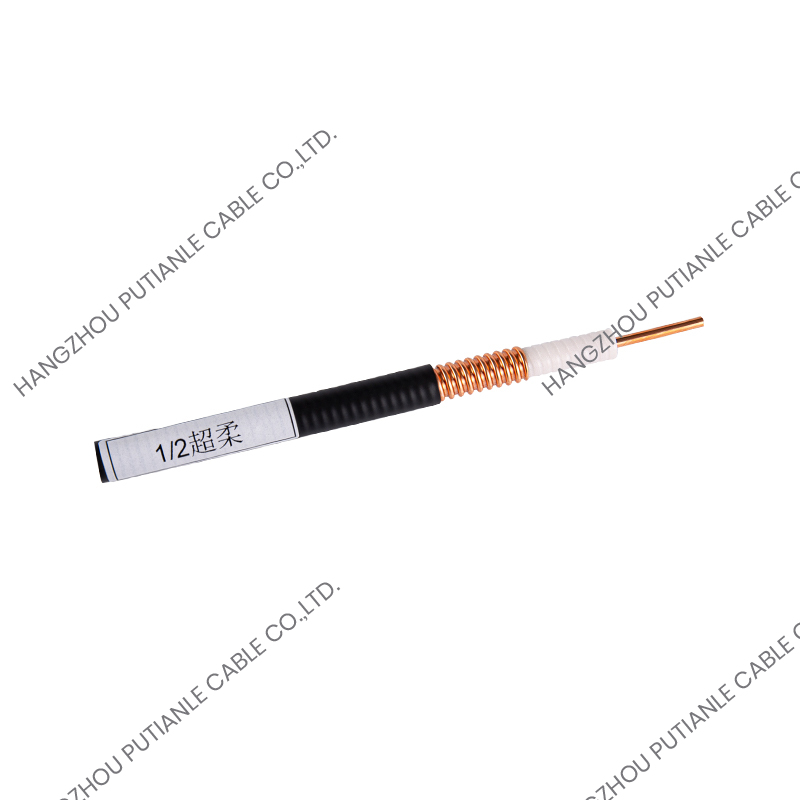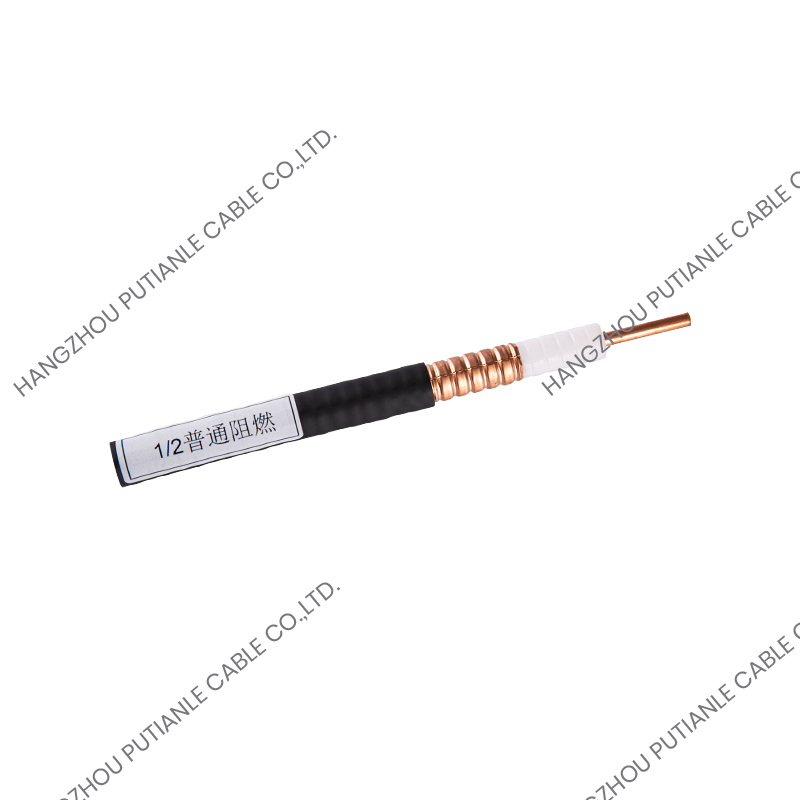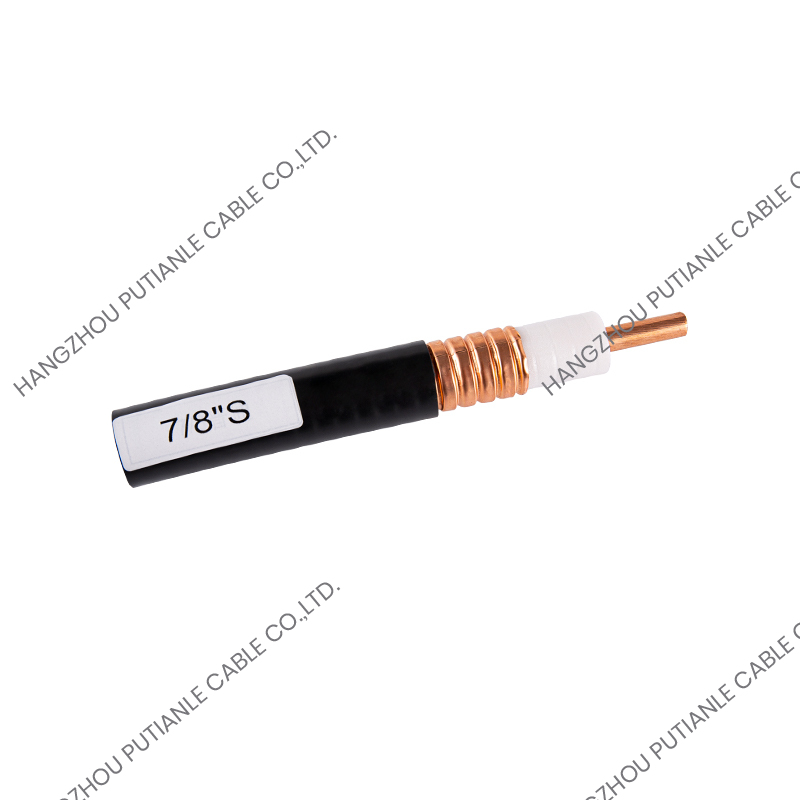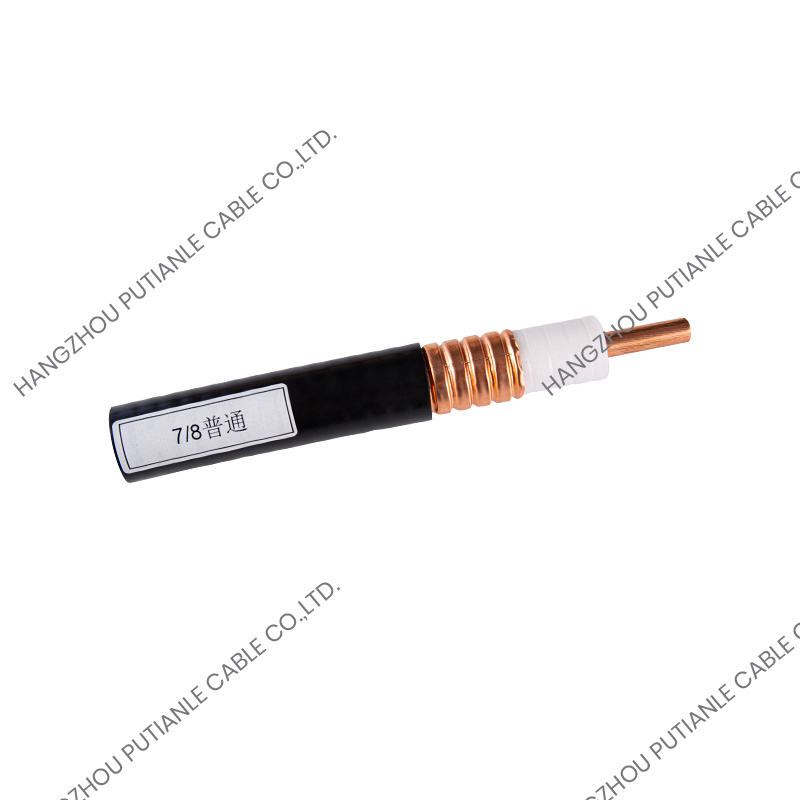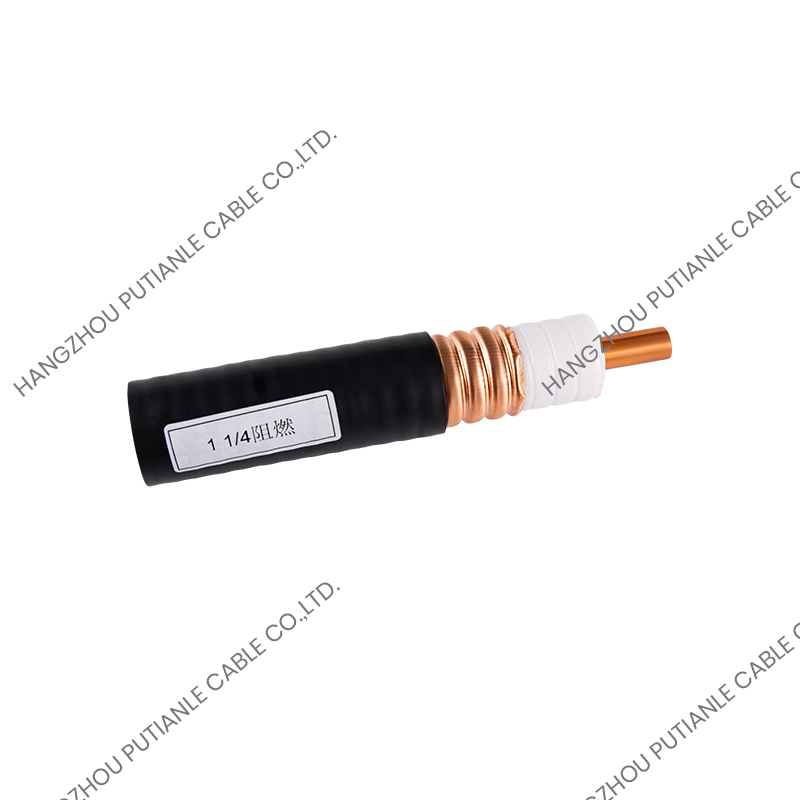Introduction to 50 Ohm Braided Cables
50 Ohm braided cables are a type of coaxial cable designed to transmit electrical signals with minimal loss and interference. Their characteristic impedance of 50 Ohms makes them widely used in RF systems, telecommunications, and high-frequency applications. The braided shielding offers protection against electromagnetic interference (EMI), ensuring signal integrity over various distances and operating frequencies.
Structure and Components of Braided Cables
A typical 50 Ohm braided cable consists of three main components: a central conductor, a dielectric insulator, and a braided shield. The central conductor, usually made of copper or silver-plated copper, carries the signal. Surrounding it, the dielectric insulator maintains the spacing between conductor and shield, determining the impedance. Finally, the braided shield, composed of woven metallic strands, provides EMI protection and mechanical durability.
Central Conductor
The conductor is the primary pathway for electrical signals. Its material, diameter, and purity significantly influence signal loss, attenuation, and frequency response. High-frequency transmission benefits from low-resistance and highly conductive materials to minimize heat generation and signal degradation.
Dielectric Insulator
The dielectric material maintains consistent spacing between the conductor and shield, controlling the characteristic impedance. Materials such as PTFE, polyethylene, and foam provide low dielectric loss, enabling efficient high-frequency transmission while maintaining flexibility and thermal stability.
Braided Shield
The braided shield protects against external electromagnetic interference, a critical factor in high-frequency applications. Its coverage percentage, braid density, and material composition affect shielding effectiveness (SE), impacting signal clarity. Double or multi-layer braids provide superior EMI suppression, essential in densely packed electronic environments.
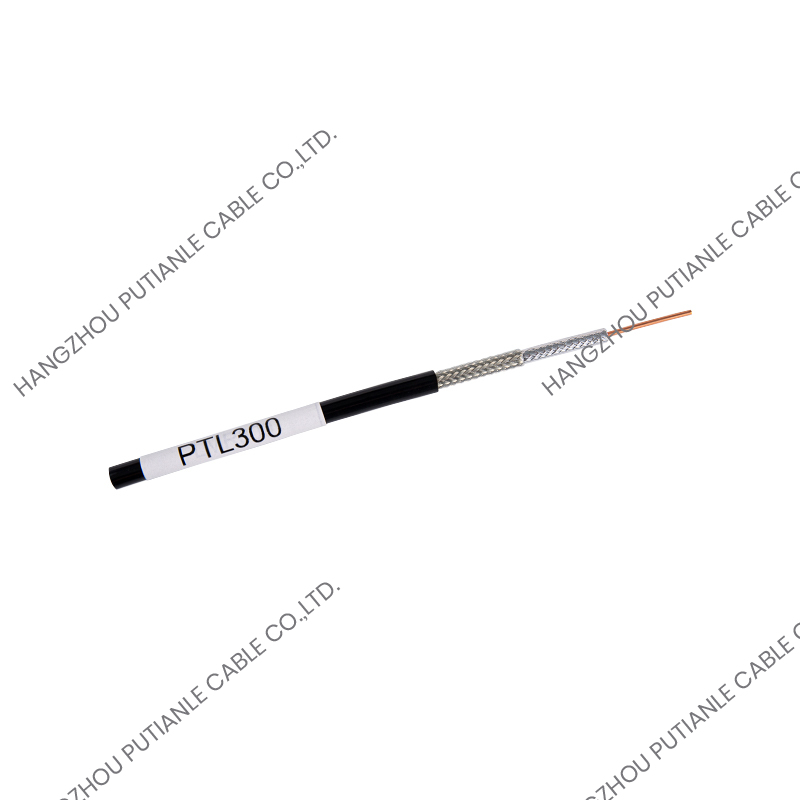
High-Frequency Transmission Characteristics
High-frequency signals encounter unique challenges, including skin effect, attenuation, and impedance mismatch. 50 Ohm braided cables are engineered to mitigate these issues, providing reliable transmission in RF, microwave, and telecommunication systems.
Skin Effect
At high frequencies, electrical current tends to flow near the surface of the conductor, a phenomenon known as the skin effect. The conductor’s surface quality and plating material influence resistance and signal loss. Silver or copper plating enhances conductivity and reduces attenuation for high-frequency signals.
Signal Attenuation
Signal attenuation increases with frequency due to dielectric and conductor losses. Selecting low-loss dielectric materials and high-quality conductors minimizes attenuation, ensuring that high-frequency signals retain integrity over longer cable runs.
Impedance Consistency
Maintaining a consistent 50 Ohm impedance is essential to prevent reflections, standing waves, and VSWR (Voltage Standing Wave Ratio) issues. Precise manufacturing of the conductor diameter, dielectric thickness, and braid configuration ensures impedance stability, enabling efficient power transfer at high frequencies.
Applications in High-Frequency Systems
50 Ohm braided cables are extensively used in high-frequency applications due to their low loss, EMI shielding, and impedance stability. Key applications include:
- RF communication systems, including antennas and transmitters
- Microwave equipment requiring minimal signal attenuation
- Laboratory test and measurement instruments for high-frequency signals
- Broadcast and satellite communication networks
- Industrial and military applications requiring EMI-resistant signal transmission
Factors Affecting High-Frequency Performance
Several factors determine the suitability of 50 Ohm braided cables for high-frequency use. These include cable length, shielding effectiveness, bending radius, and connector quality.
Cable Length and Signal Loss
Longer cable runs increase attenuation, particularly at microwave frequencies. To minimize loss, high-quality low-loss dielectric materials and proper cable routing are recommended. In critical applications, amplification or signal repeaters may be necessary.
Shielding Effectiveness
The braid density and coverage determine the level of protection against external EMI. High-frequency signals are particularly susceptible to interference, making dense braids or double-shielded cables preferable for sensitive applications.
Bending Radius and Mechanical Integrity
Excessive bending or repeated flexing can degrade cable performance by causing micro-cracks or impedance variation. Maintaining a proper bending radius and using flexible cable types ensures consistent high-frequency transmission.
Connector Quality
High-quality connectors ensure minimal reflection and maintain 50 Ohm impedance throughout the system. Poorly fitted connectors can cause signal loss, increased VSWR, and reduced performance at high frequencies.
Comparison with Other Cable Types
50 Ohm braided cables are often compared to 75 Ohm and solid coaxial cables. The 50 Ohm impedance is ideal for maximum power transfer in RF applications, whereas 75 Ohm cables are preferred in video and broadband systems. Braided shielding offers superior flexibility and EMI resistance compared to solid coaxial shields.
| Feature | 50 Ohm Braided Cable | 75 Ohm Coaxial Cable |
| Impedance | 50 Ohm | 75 Ohm |
| Applications | RF, microwave, antennas | Video, broadband, cable TV |
| EMI Shielding | High (braided) | Moderate |
| Flexibility | High | Medium |
Conclusion
50 Ohm braided cables are well-suited for high-frequency transmission due to their controlled impedance, low-loss dielectric, and effective EMI shielding. Proper material selection, cable handling, and connector quality are critical for ensuring optimal performance in RF, microwave, and industrial applications. When designed and installed correctly, these cables provide reliable, high-fidelity signal transmission across demanding high-frequency environments.


 中文简体
中文简体 English
English Español
Español
